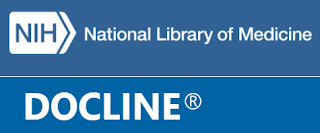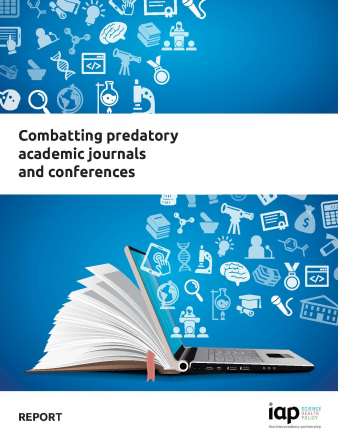The Ghost Map is a riveting account of London’s cholera epidemic of 1854. In setting the stage of the outbreak, Steven Johnson describes what the largest city in the world at that time would have smelled like to its inhabitants. Lacking proper sewage systems, access to clean water, and with garbage and waste dumped into cesspools outside homes or into basements, he invokes the overpowering stench of London’s neighborhoods. At the time of the outbreak, most officials and scientists believed the cause of the cholera outbreak was attributed to “miasma,” a disease caused by air-borne transmission.
There was one physician living in the area, though, who believed that the spread of cholera was water-borne. During the outbreak, John Snow set out to prove his theory, mapping where those who fell ill were getting their drinking water, finally focusing on a single well in the affected neighborhoods. At the same time, a young clergyman living in the area, Henry Whitehead, also began to investigate the epidemic’s cause. It would take some years before their findings were accepted by the wider scientific community, but ultimately their detailed “ghost maps” of the epidemic proved the evidence showing that drinking water was indeed the smoking gun in the disease’s transmission.
Johnson addresses the histories about the spread of disease and how often medical science is blinded by established beliefs. But due to the detailed maps that Snow and Whitehead created during that particular outbreak, future epidemiologists gained a valuable tool still in use today. Thanks to these two men (and a few other scientists across the globe), their findings ensured the growth of large cities in which the transmission of disease has been mostly controlled. While published in 2006 before our current COVID pandemic, Johnson does address the likelihood of future infectious disease outbreaks, providing suggestions on how the scientific community should deal with them. In the author’s user-friendly prose, this book makes for an informative and fascinating read as we again grapple with the issue of infectious disease in a world where it pays no heed to countries’ boundaries.
- book review by Robert Koehler



